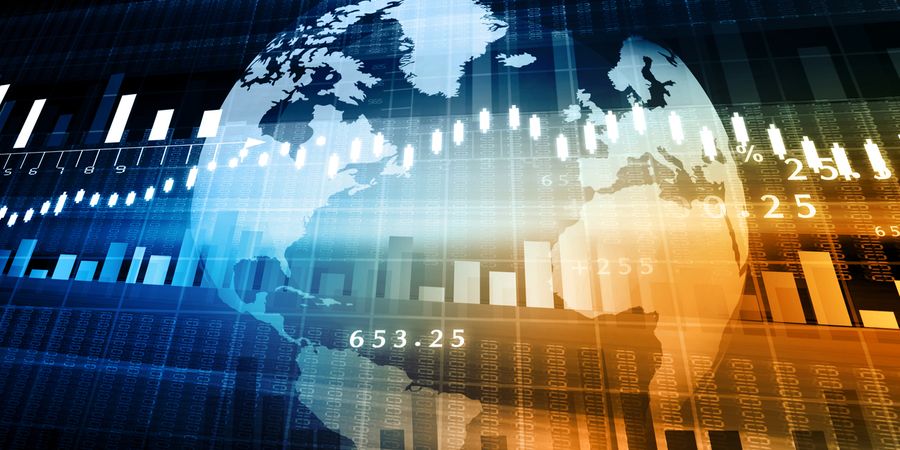
The luxury packaging market is predicted strong growth against a backdrop of rising inflation and economic uncertainty.
The global inflation of consumer prices at the end of 2022 was 8.7% nearly double what it was in 2021, and yet the luxury packaging sector is projected to grow at a rate of 4.1% – reaching around $20.95 billion by 2028.
Why is this happening? How can the luxury sector grow in a time of economic hardship? Because despite what common wisdom would have you believe, the luxury goods market has historically proven resilient when pockets get lighter. And there are plenty of very solid reasons why.
The obvious answer to this problem is perhaps the biggest. That is simply that the sector primarily targets wealthier consumers who are not as heavily affected by economic downturns – creating its 'recession-proof' nature.
The Luxury Institute reported that 20% of the sector's consumer base – the super-wealthy – make up 70% of its sales. Their financial stability during economic downturns helps the luxury market weather the storm. There are, however, many more factors contributing to the resilience of luxury.
- The ‘Lipstick Effect’
During the early 2000s recession in the USA, luxury brand Estée Lauder bucked the trend and showed strong performance, including an 11% rise in demand for lipsticks. Chairman Leonard Lauder coined this the ‘Lipstick Effect’, which has become a widely accepted socioeconomic theory suggesting that consumers will still find ways to buy luxury items during an economic downturn, albeit on a smaller scale.
- A more sustainable mindset
Environmental sustainability is increasingly important in public consciousness and has become a key purchase factor for plenty of people. A major change this is driving is the shift from popularity for high-volume, low-cost items to low-volume, high-value items. People want long-term purchases because they believe they’ll cost the planet less, and luxury brands are naturally benefiting from this change in consumer preference.
- Strengthened brand loyalty
Brand loyalty is especially important to businesses when the going gets tough – the importance of customers sticking with your brand is virtually priceless. The exclusivity and premium nature of luxury goods strengthens loyalty – for all the classic reasons people want to buy from luxury goods, the same applies to sticking with those brands for the long haul.
- Investing for the future
Many types of luxury goods have an added layer of appeal: they can and often do increase in value. We see that soaring inflation can drive demand for luxury goods for this exact reason, with luxury goods seen as solid investments by consumers and collectors.
A strong luxury sector is good news for luxury packaging, and the industry is clearly benefiting from all of these driving factors. But the packaging industry is also helping to drive growth in the luxury goods sector.
Huge changes in luxury packaging over the past decade have enhanced the quality, exclusivity and sustainability of luxury goods – all helping to keep customers coming back for more, against even the strongest economic headwinds.